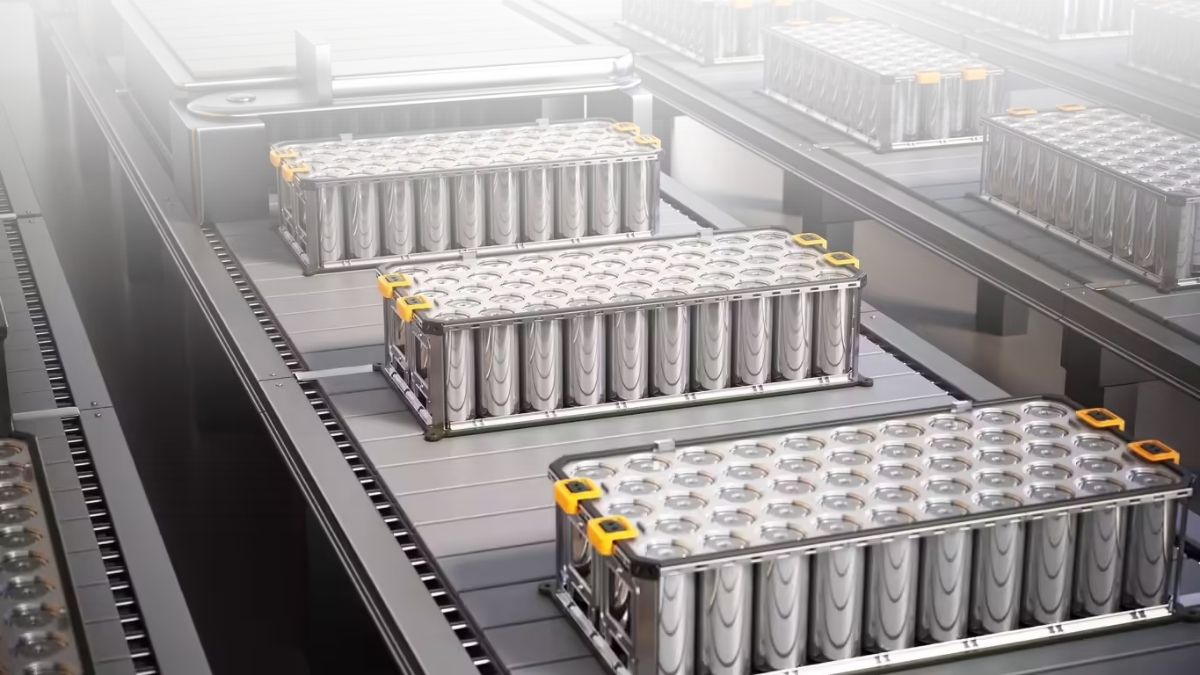Tata vs Mahindra: Who’s Winning the EV Battle in India?
- Cars
- 11 Nov, 2025
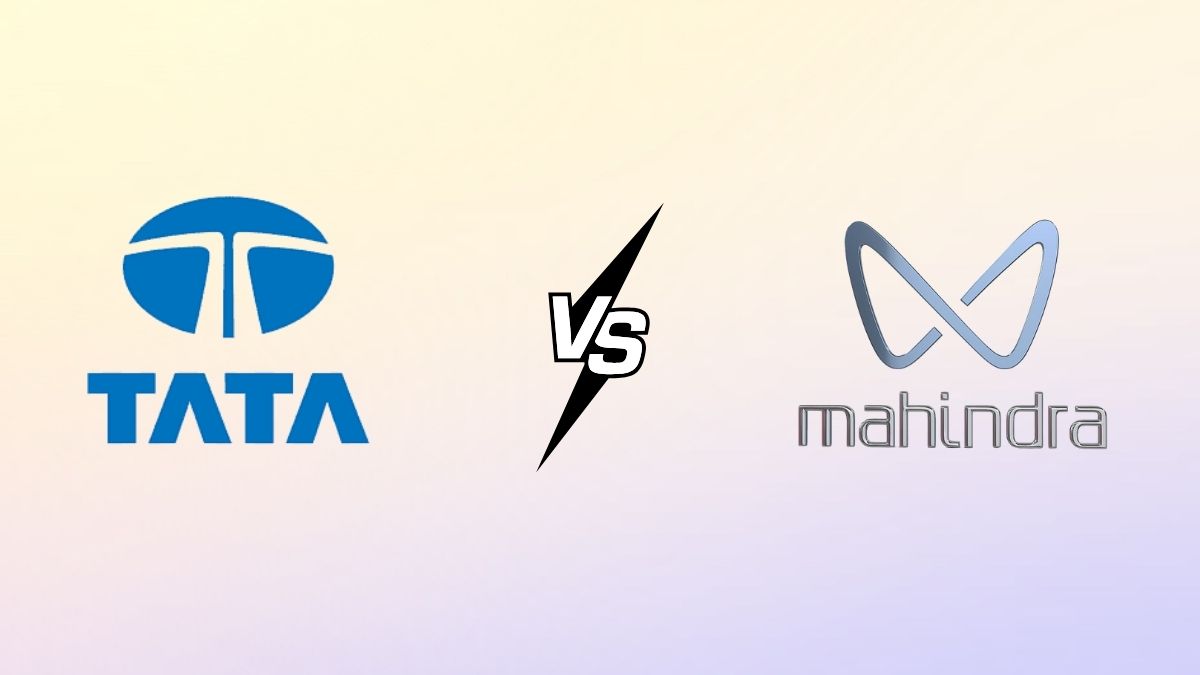
India’s passenger-EV race is no longer experimental — it’s a full-blown competition. Two homegrown heavyweights, Tata Motors and Mahindra & Mahindra, are fighting for leadership across price, range, features and dealer reach. Below is a concise, evidence-backed look at where each stands and what buyers should consider.
Market position and momentum
Tata Motors currently leads India’s electric passenger-vehicle market by a sizeable margin. In the 2025 reporting periods, Tata remained the dominant e-PV seller with a large share of total electric car volumes and strong monthly shipments driven by models like the Nexon EV. Tata’s scale and ongoing product refreshes have helped it retain top position.
Mahindra has been catching up fast — especially in the SUV/e-SUV space. With new “Born Electric” models and rising production, Mahindra’s e-PV volumes have shown rapid month-on-month gains, boosting its share of electric SUV sales. Mahindra’s momentum is particularly visible when its newer models enter volume production and when it leverages its strong rural and fleet networks.
Product portfolios: breadth vs. focus
Tata’s EV line-up blends mass-market offerings (e.g., Tigor EV, Nexon EV) with a growing range of feature-rich variants (ADAS, improved battery packs). That breadth helps Tata capture first-time urban buyers and private-owner segments.
Mahindra has prioritized SUVs and utility vehicles — a smart play in India’s SUV-hungry market. The XUV400 and newer Born Electric models aim to combine traditional Mahindra strengths (ruggedness, space) with electrified drivetrains. Pricing for some Mahindra e-SUVs positions them as premium alternatives to Tata’s mass offerings.
Infrastructure, batteries and aftersales
Tata is investing aggressively in charging infrastructure and battery solutions; recent corporate plans include a major push to scale public chargers and “Mega Charger” fast-charging networks, which helps ease range anxiety for buyers. That systems approach — cars + charging — strengthens Tata’s ecosystem play.
Mahindra focuses more on vehicle ruggedness, fleet/corporate sales and dealer-led adoption. Its advantage lies in deep rural dealer networks and experience with utility vehicles, which can be decisive for buyers who prioritize serviceability and robustness over cutting-edge consumer tech.
Pricing and value
Tata’s strategy has historically combined competitive pricing with localised manufacturing — allowing strong volumes and attractive price-to-feature ratios. Mahindra’s pricing for some models is higher, but buyers get SUV packaging and body space that appeal to families and fleet operators. Recent market shifts show other players entering the fray too, which is softening Tata’s dominance and making pricing more competitive overall.
Real-world performance and availability
Tata benefits from scale: higher production volumes typically mean shorter waiting periods and wider geographic availability. Mahindra’s production ramps for new e-models have improved availability, but certain models still show variable monthly sales as they stabilize in the market.
Why Choose
Why choose Tata?
- Market leader with large volumes and dealer coverage.
- Strong product portfolio across segments (compact to mid-SUV) and growing feature set (ADAS, fast chargers).
- Easier access to service and replacement parts in many cities.
Why choose Mahindra?
- Suited for buyers who want SUV space and rugged build quality.
- Attractive for fleet and semi-commercial buyers thanks to Mahindra’s utility heritage.
- Rapidly improving EV lineup with models tailored to Indian road conditions.
Conclusion
There’s no one-line winner: Tata currently leads on volumes, breadth and ecosystem, while Mahindra is closing the gap with SUV-focused products and stronger appeal for space-and-utility buyers. For everyday urban buyers seeking a proven mass-market EV with wide support, Tata is often the safer bet. For buyers prioritising SUV space, ruggedness or fleet use, Mahindra is increasingly compelling. Market dynamics are shifting fast, so short-term leadership can change as new models and pricing arrive.
FAQ
Q: Which brand has better range — Tata or Mahindra?
A: Range varies by model and battery pack. Both manufacturers offer competitive ranges in their respective segments; check the specific variant (kWh rating) before buying.
Q: Who offers better charging infrastructure?
A: Tata has announced large public-charging expansion plans and a ‘Mega Charger’ network, giving it an edge on publicly accessible fast chargers.
Q: Are Mahindra EVs cheaper to maintain?
A: Total maintenance depends on use case. Mahindra’s simple, rugged designs may lower long-term repair complexity for utility use; Tata benefits from scale and wider aftersales presence.
Q: Which is better for families?
A: If space and SUV packaging are priorities, Mahindra’s e-SUVs are compelling. For overall cost-to-features and broad urban support, Tata’s family-friendly models are strong contenders.
Latest Car News


New Skoda Slavia Colors and Variants to Launch in 2026

Top 10 Most Fuel-Efficient Petrol Cars of 2026

Upcoming Budget SUVs Under ₹10 Lakh Launching in 2026

Tata vs Mahindra: Who’s Winning the EV Battle in India?
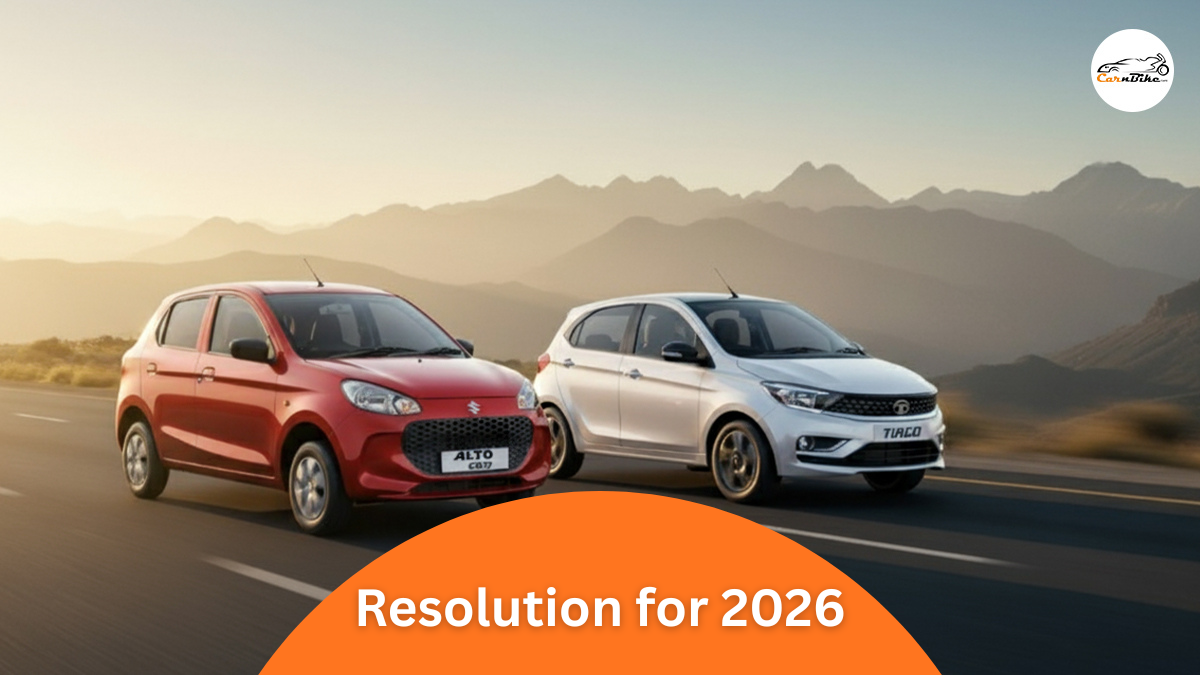
Car Resolutions for 2026 – Upgrade, Maintain, or Switch to EV?

How to Prepare Your Vehicle for Cold Weather
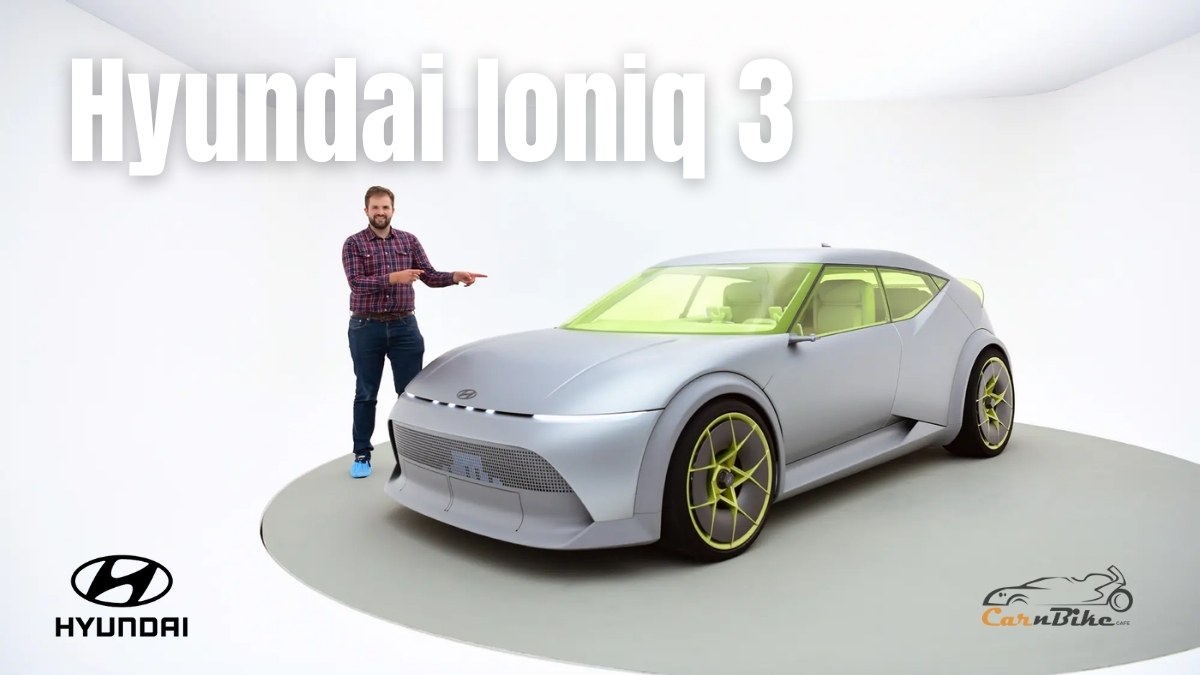
Hyundai Ioniq 3 India Launch Timeline: Expected Arrival in 2026
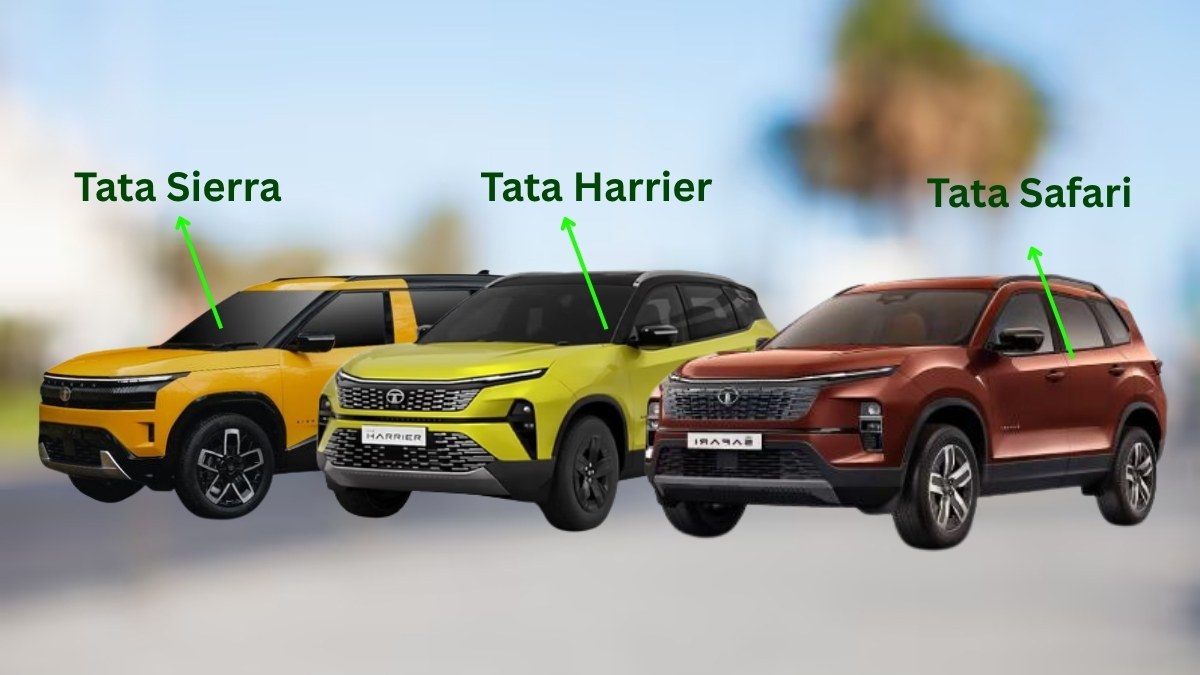
Tata Sierra Performance Compared to the Harrier and Safari
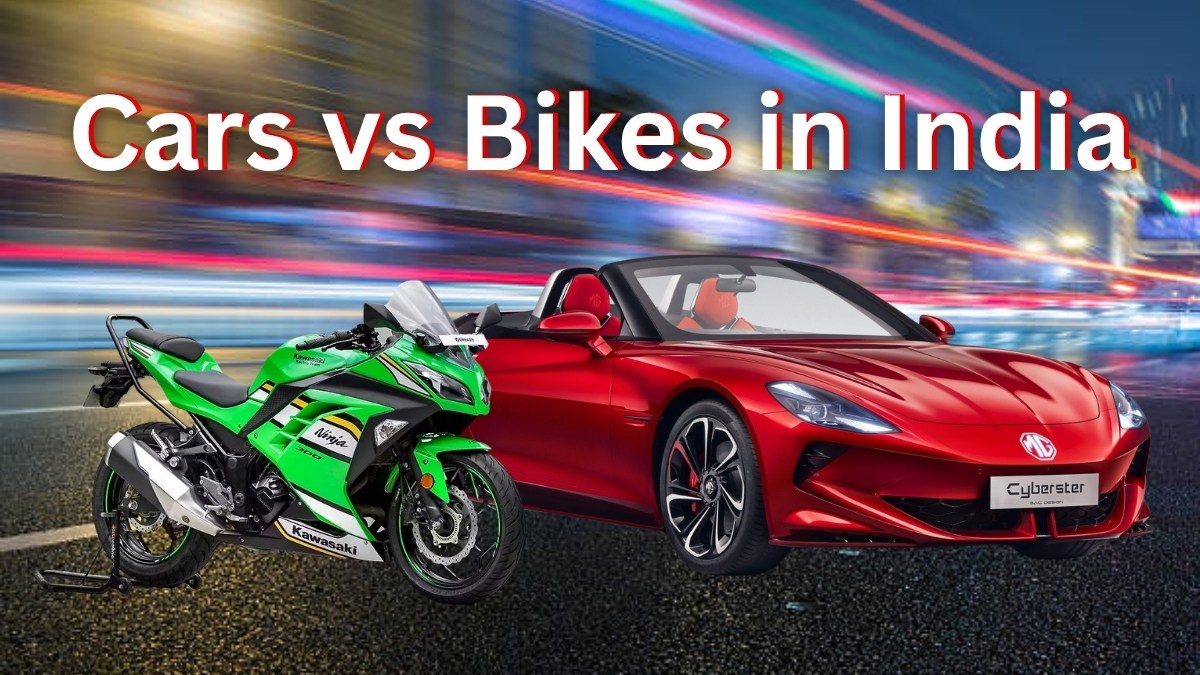
Cars vs Bikes in India: Who’s Winning the EV Race in 2025-26?
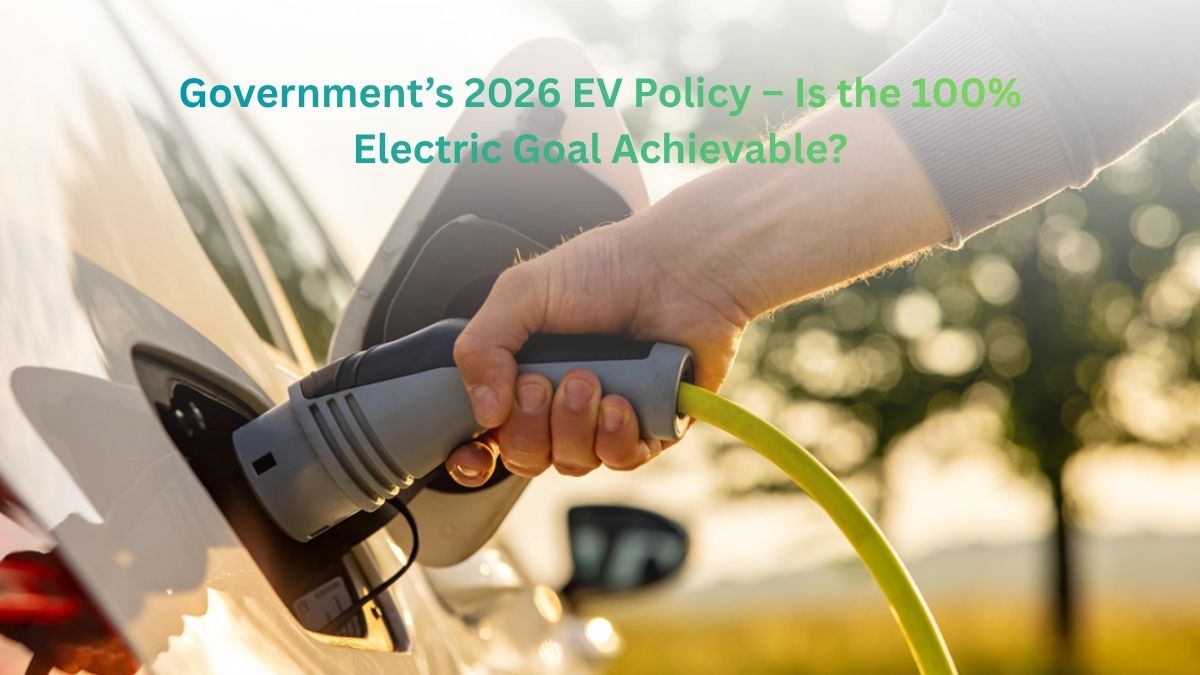
Government’s 2026 EV Policy – Is the 100% Electric Goal Achievable?
